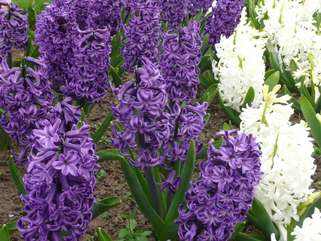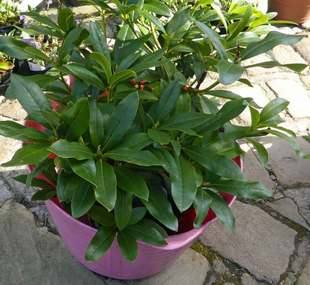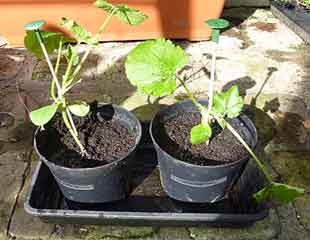Best bedding plants
Posted on
|
Best bedding plants rather depends on what you want from your bedding display. Gardening is very personal in terms of taste and colour schemes . Most gardeners buy some bedding plants, there is universal appeal although I find I buy less over the years because bedding plants tend to be time consuming. Many need a lot of dead heading and feeding, although a splendid display of traditional bedding looks fantastic, such as Petunia, Verbena, Pelargonium, and Lobelia, as in the image right. Single displays can look very impressive and in the image middle right is Mesembryanthemum, the common ice plant, and it does look spectacular. As a bedding plant it does have a couple of drawbacks; the flowers only open in the sun, and so on the many overcast days which pass for summer the basket can look very dull. When it is sunny the flowers are short lived and to keep them flowering, it is essential to dead head. I don't grow them any more after spending a Sunday picking off about 70 dead heads, just too much trouble. If you are looking for trouble free bedding plants, Pelargoniums do it for me. There are many different varieties with interesting and pattered leaves, lovely flowers which are long lasting and so not much dead heading involved. There are a lot more varieties than just the bedding types. The image right is an ivy leaved with delicate and attractive flowers and leaves. An added bonus with Pelargoniums, commonly called Geraniums, is that they are the perfect conservatory plant. They will tolerate the extreme heat of a conservatory and reward with more flowers. Pelarogoniums will flower in the conservatory almost all the year round and there are varieties with lovely scented leaves which when touched smell like lemon sherbet, and nutmeg. There are some on line specialist growers where you can buy Zonale, Scented leaved, trailing, ivy leaves, Regal and Angel Pelargoniums; the list is endless and after spending summer outside in various pots and containers bring them into the conservatory in September and they will reward you with weeks of flowers and live happily in an unheated frost free conservatory all year. One of the few plants which can tolerate the extreme heat of the summer in the conservatory and make just a great display. I do love Pelargoniums which is why I grow them all the year round. |
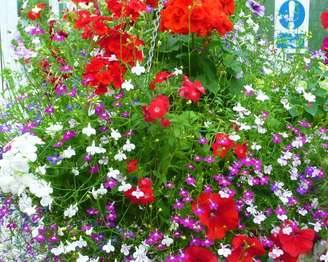 |
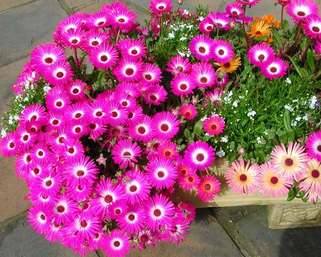 |



